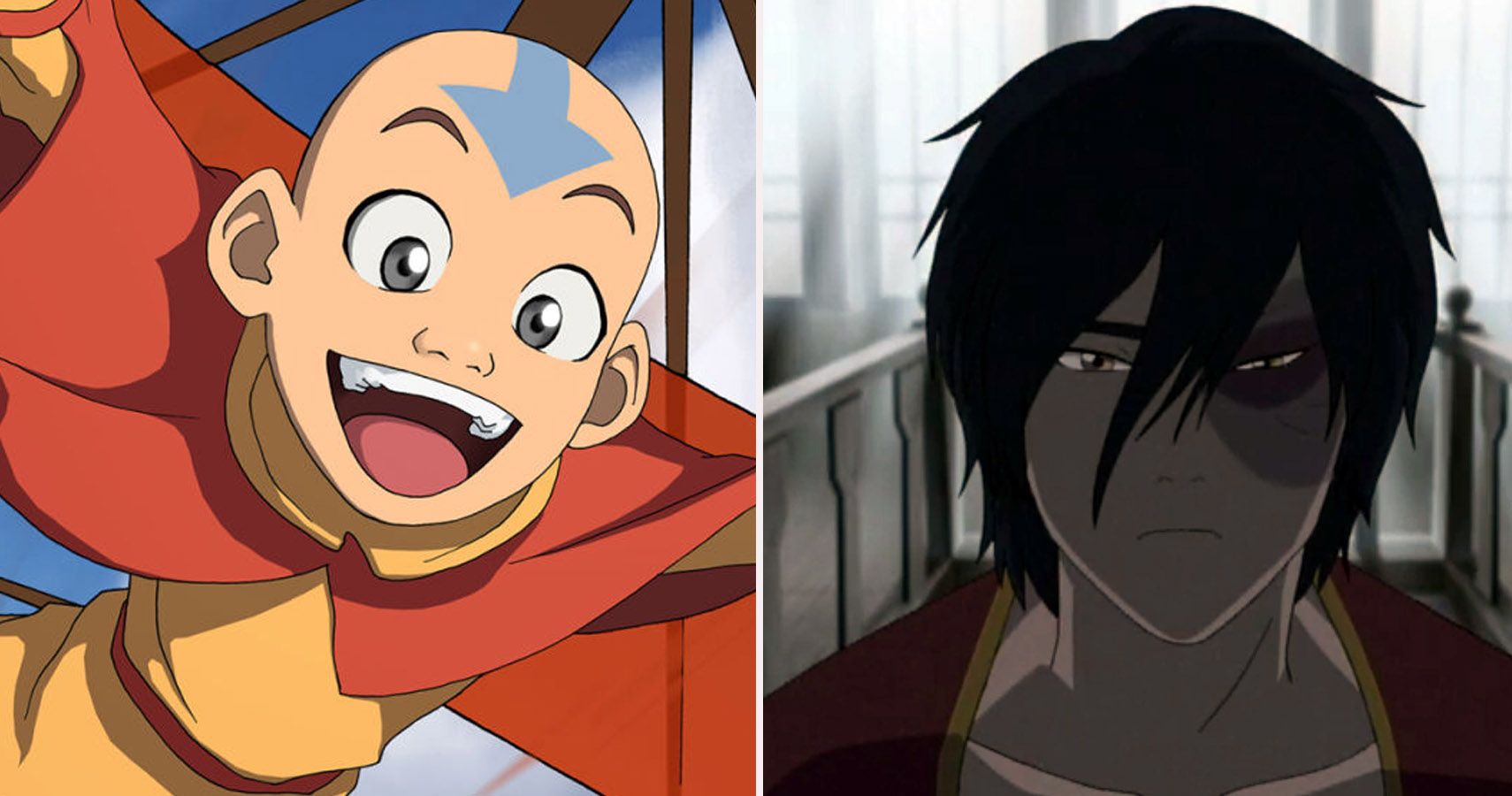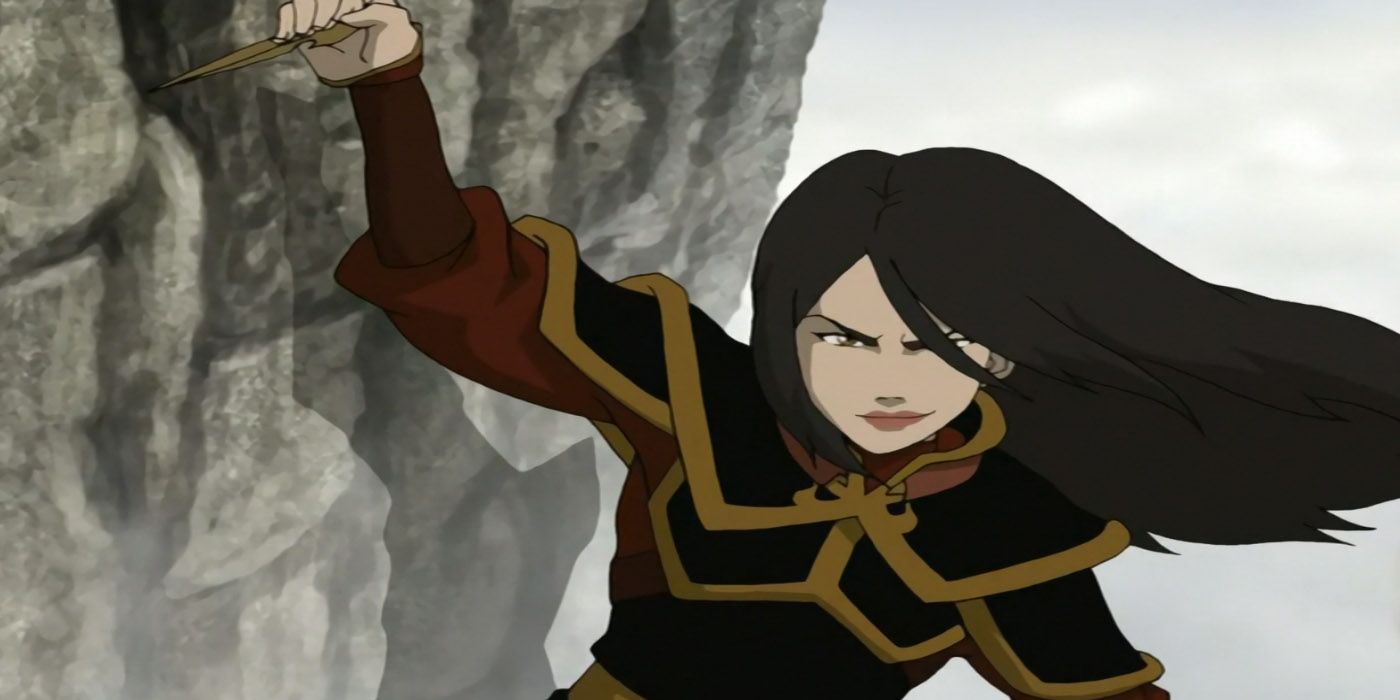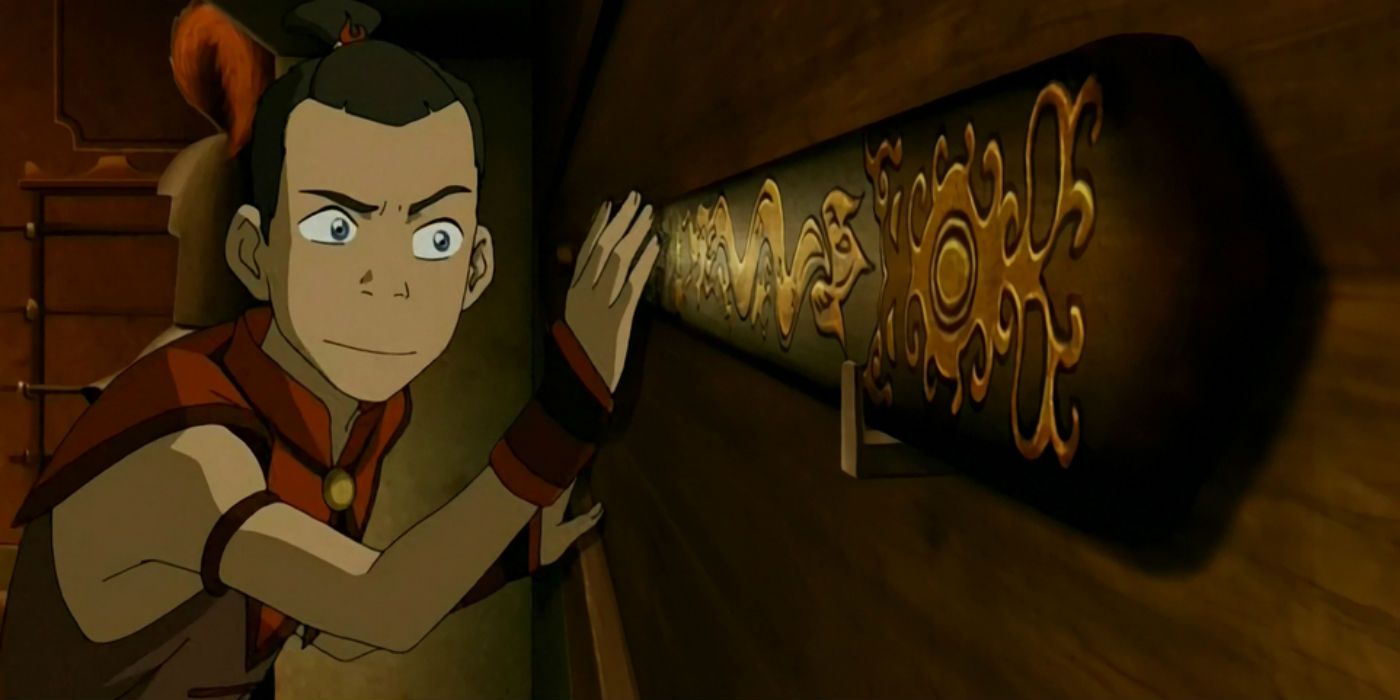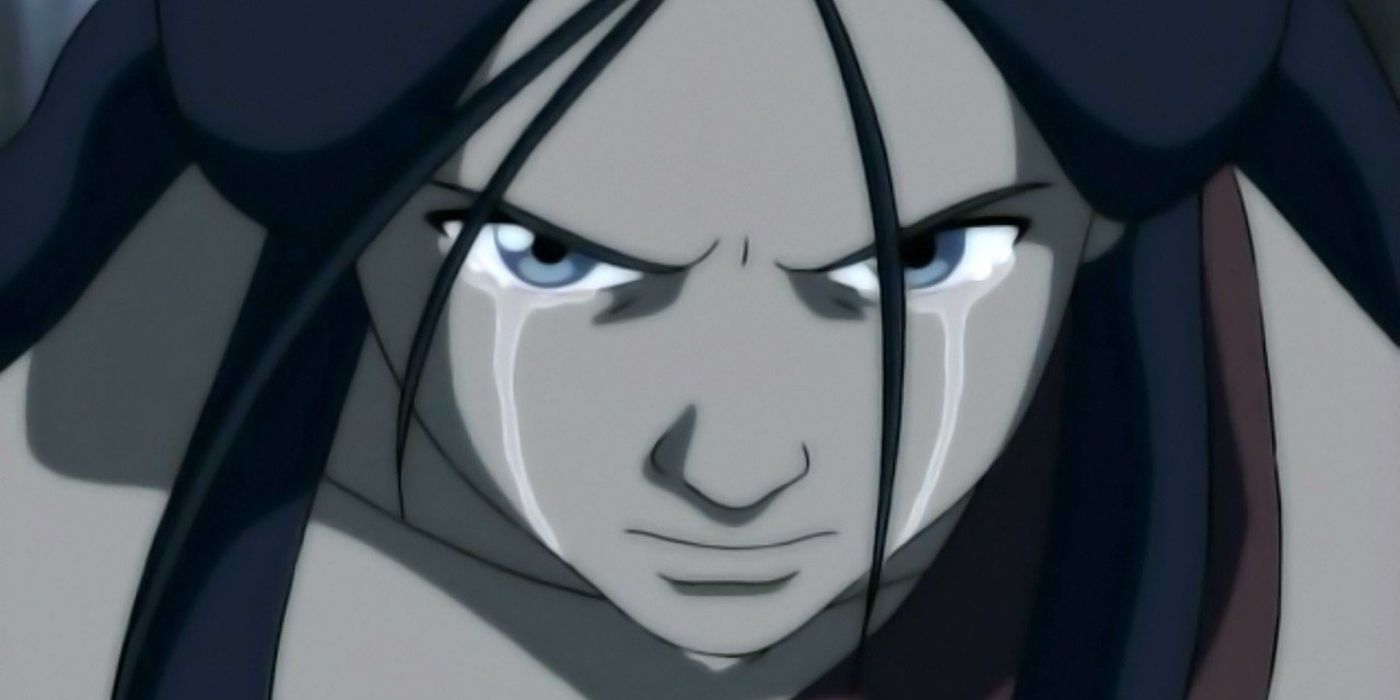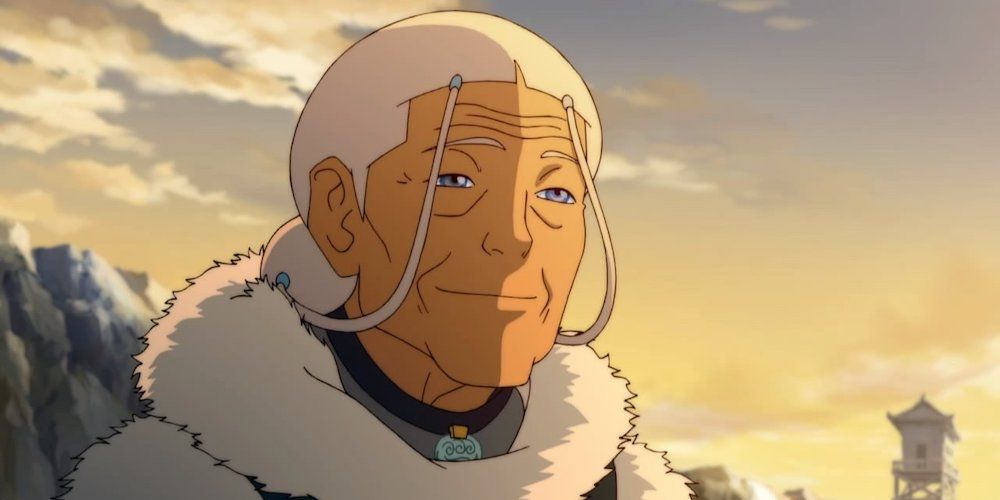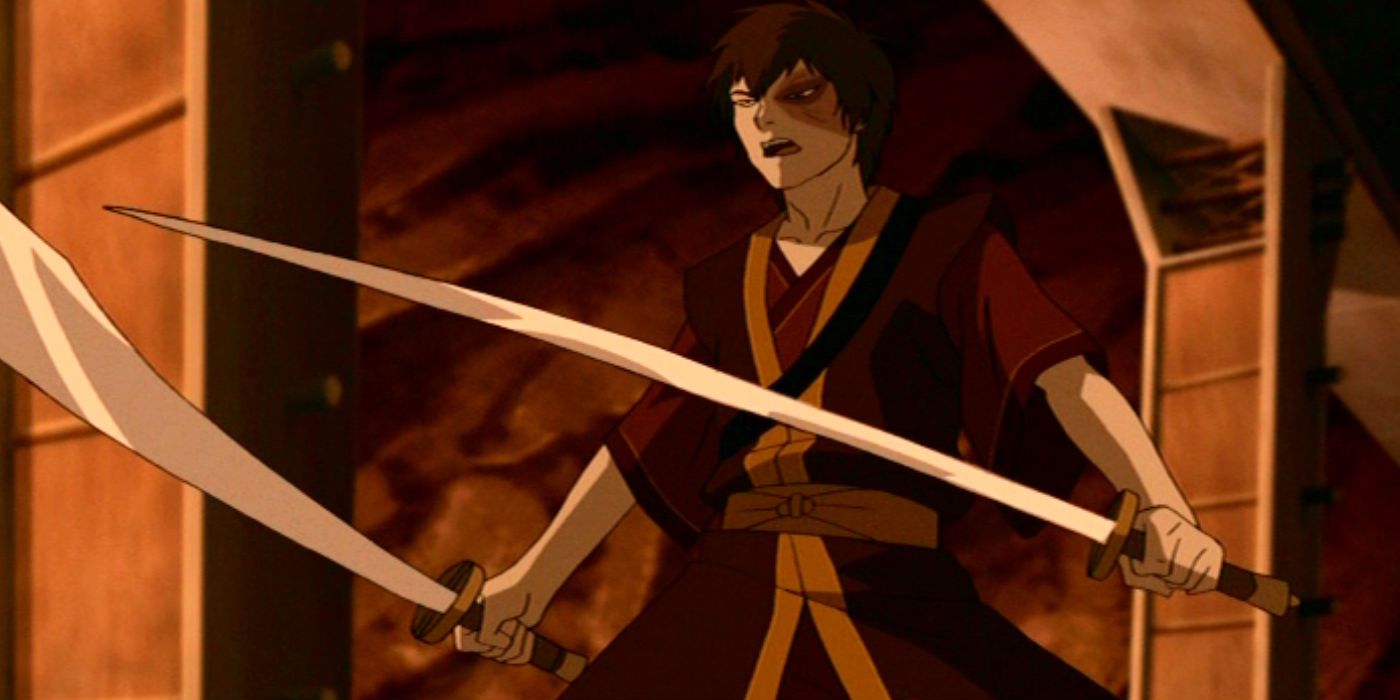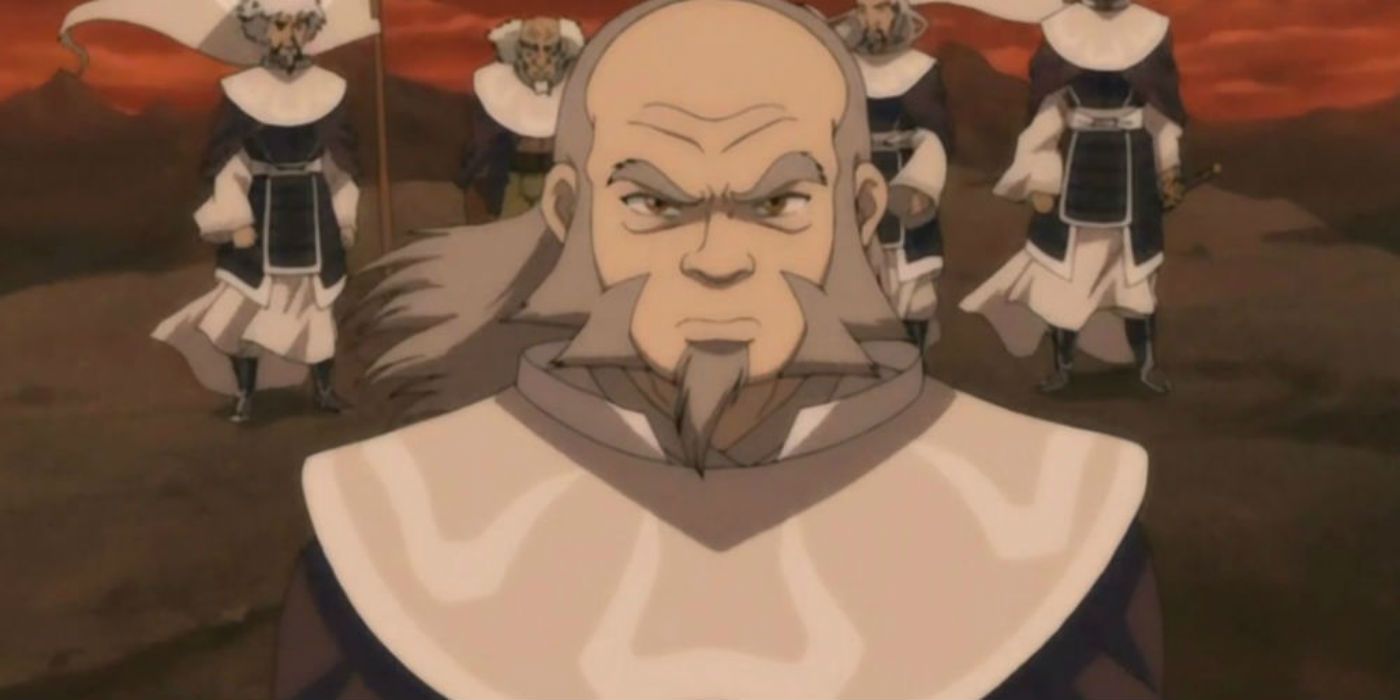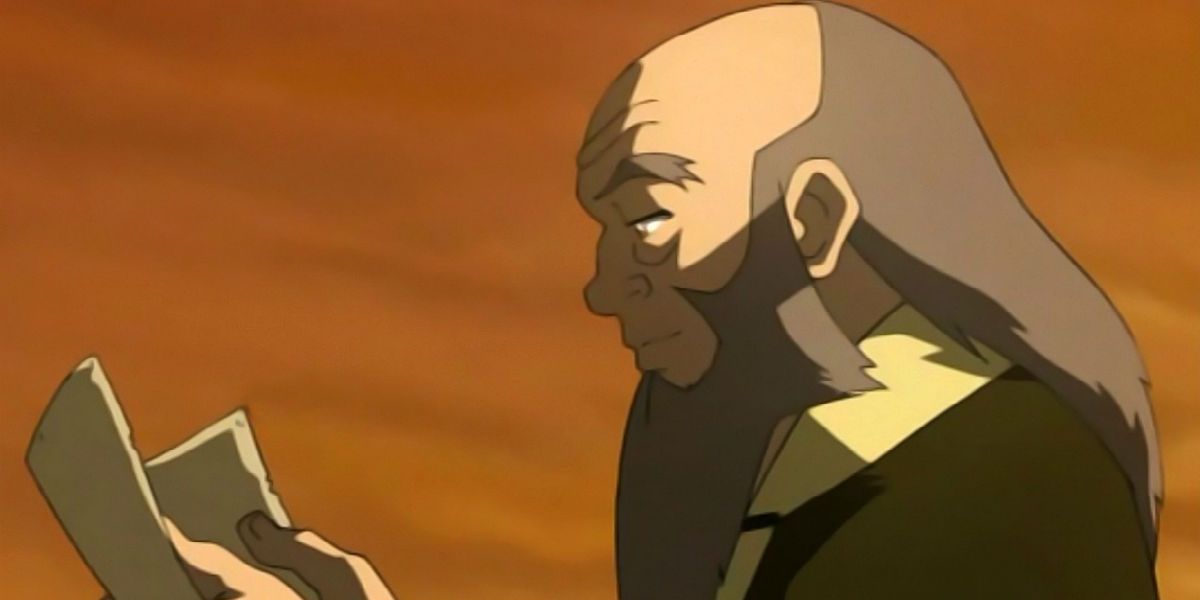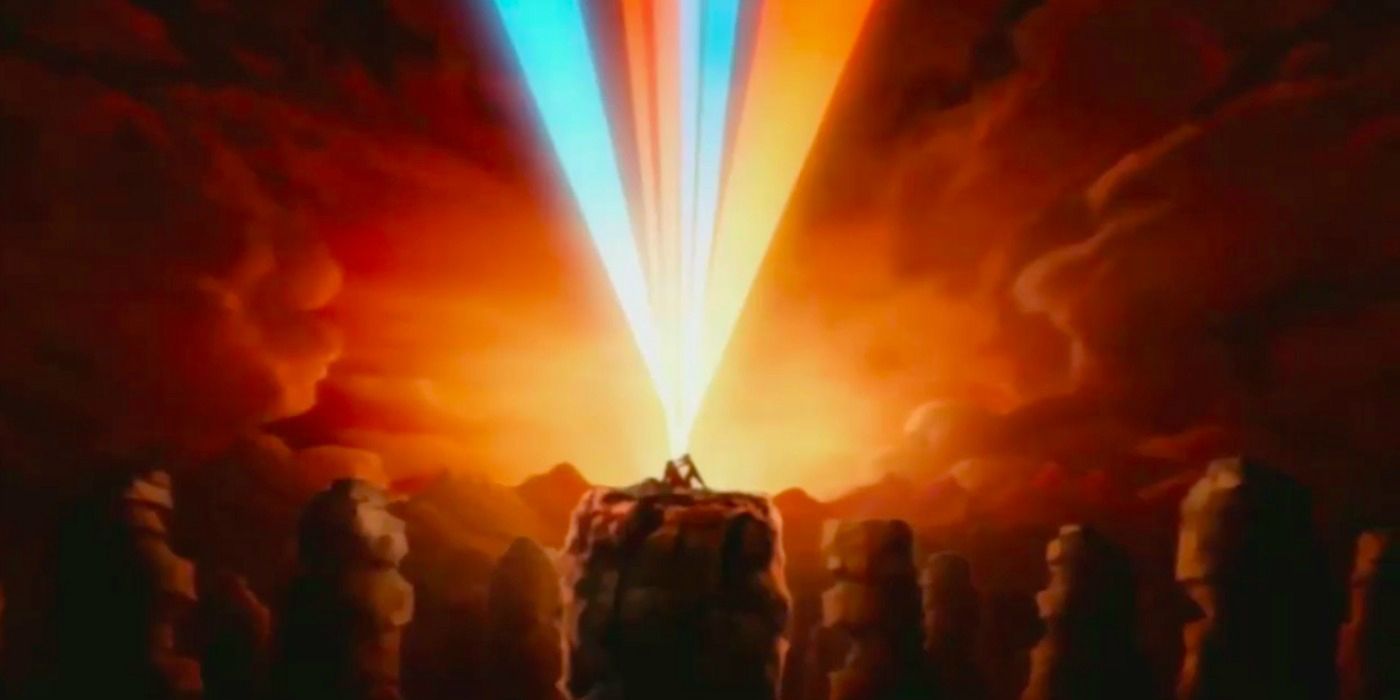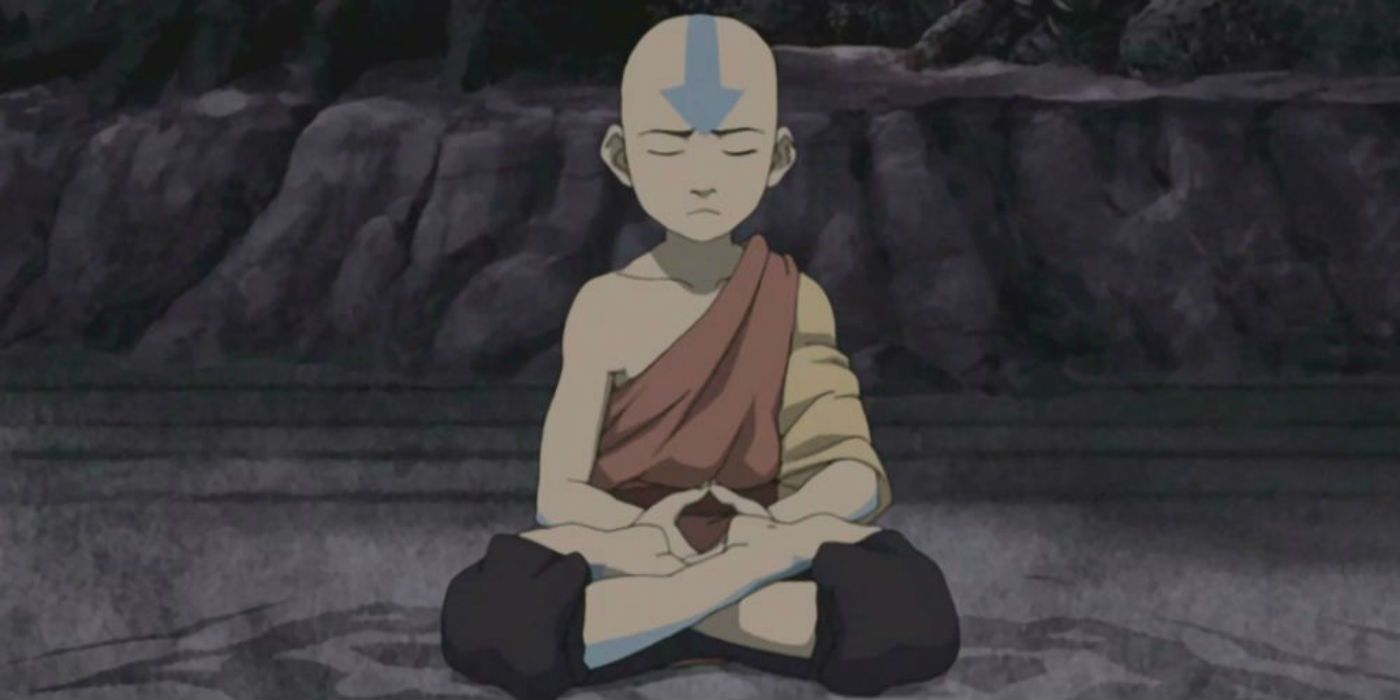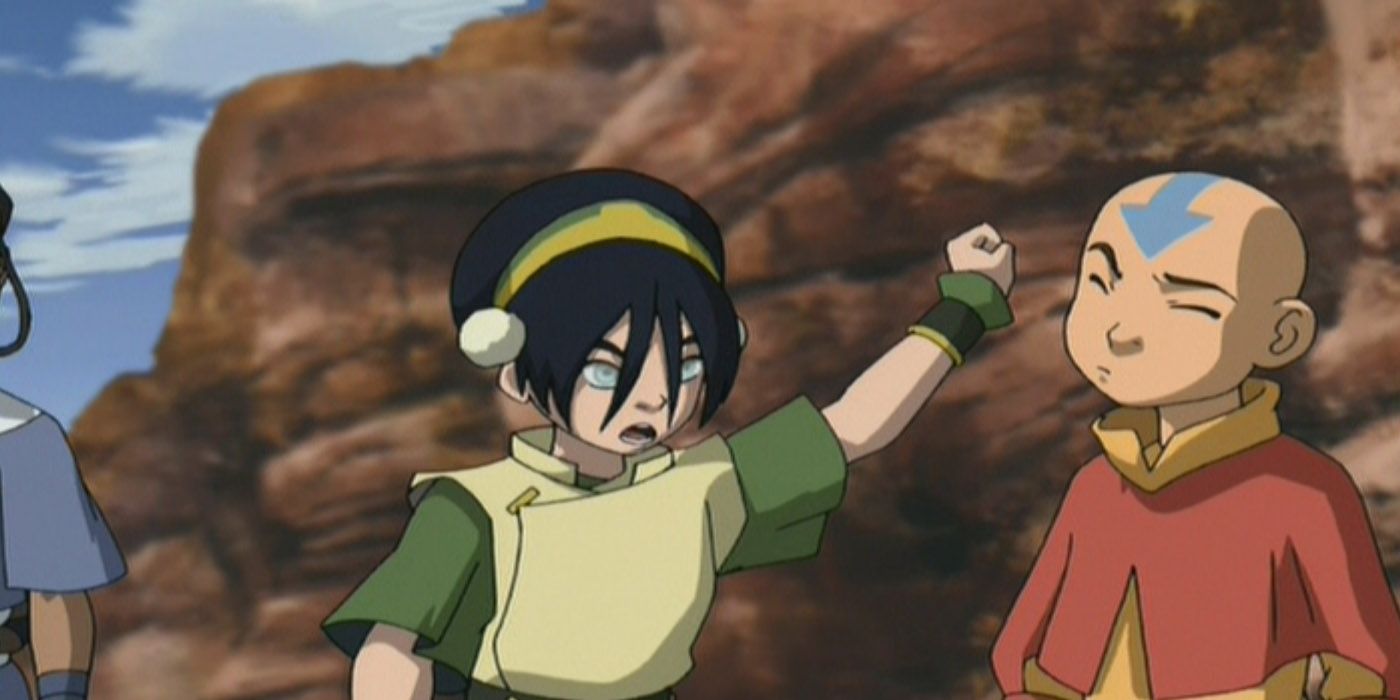First airing in 2005, Avatar: The Last Airbender was a dazzling depiction of power and balance. Viewers watched Avatar Aang and his friends as they tried to navigate adolescence against the backdrop of a devastating war. As they traveled, the gang mastered their bending, took on enemy forces, and got to know citizens from all walks of life.
Aang had a lot to learn before he was ready to save anyone; however, in the nearly 15 years since Avatar aired, the life lessons Aang and ‘team Avatar” learned are still relevant and true. Here are 10 of the top life lessons from Avatar: The Last Airbender that are still relevant today.
10 Even the worst of people are still people
Azula was one of the most hated animated villains of early 2000’s TV. Princess of the Fire Nation and sister to Prince Zuko, Azula was a powerhouse of magnificent bending and sadistic evil. While we watched Zuko search for the light in himself, Azula was more than happy to embrace the darkness. In Season 3's "The Beach" episode, viewers see a different side of Azula. When she attends a party thrown by civilian members of the Fire Nation, Azula’s typical self-confidence goes out the window.
Strangely, we sympathize with Azula as she tries and fails to fit in with kids her own age. Her attempts at flirtation and small talk are horrible, revealing Azula to be just as isolated as Zuko, if not more so. The episode pulls off an amazing feat by making a bloodthirsty tyrant feel as human as any other character. It’s a well-crafted reminder to the viewer that even the worst of humans are, at their core, still human.
9 Everyone’s talents are useful
Surrounded by powerful benders, Sokka of the Southern Water Tribe is a warrior with a lot to prove. Sokka struggles with feeling ordinary in several episodes. Sokka feels useless without his weapons, especially since the rest of the team are among the most powerful benders in the world. This, of course, is not true.
Throughout the series, Sokka proves to be an excellent military strategist and relentless fighter. His corny jokes are also key to keeping Team Avatar’s moral afloat. Sokka initially believes he cannot measure up but later realizes he is an important member of the team for the unique skills he brings.
8 You are responsible for who you are
This theme plays out in several storylines of the Avatar universe. Prince Zuko changes his purpose in life and defies his family because he knows it’s the right thing to do. Aang refuses to kill the Fire Lord, even though it’s what everyone wants and expects of him.
Katara refuses to ignore her conscience and become a blood bender, even though it would be a great tool against her enemies. In all of these examples, we see characters take responsibility for the role they play in the world, even if it means going against the role expected of them. They try to do what they believe is right, recognizing that their choices are in their own hands- no matter what others may think.
7 Practice forgiveness
War breeds loss. It’s a life lesson most face in one way or another. In Season 2's "The Earth King," Katara is trapped in a cave with Zuko. The Fire Nation Prince is in the midst of an inner metamorphosis, but Katara only sees him as the dangerous figure that has hunted friends. Crucially, he represents an extension of the nation that murdered her mother in cold blood.
When Katara and Zuko have an honest conversation about their pasts, she is able to forgive Zuko enough to offer him help. In a way, this scene is a moment of closure for Katara. In forgiving Zuko and listening to his side of things, Katara is able to finally begin healing from the trauma the Fire Nation has caused in her personal life.
6 You are not defined by your family
Prince Zuko is the clearest example of this lesson. As a banished prince, Zuko’s arc begins with his rabid crusade to win back his honor and the respect of his father. However, as his journey continues, Zuko begins to realize that the world is not quite so simple.
He finds himself at odds with the Fire Lord, prompting the realization that he must rebel for the good of himself and the world. Zuko is often shunned by others upon the discovery of his lineage; nevertheless, by remaining true to himself and forging his own path, Zuko eventually becomes a worthy leader of the Fire Nation in his own right.
5 People can change
There are plenty of examples of change in Avatar, but the nearest and dearest to viewers hearts (besides Zuko) is that of Iroh. Iroh was once a ruthless military leader and next in line for the Fire Nation's throne.
When Iroh loses his beloved son in a battle against the Earth Kingdom, he has a change of heart. He gives up his role and title in favor of living a quiet life. Iroh appreciates the little things and tries to spread light wherever he goes.
4 Learning from the past
Far from hiding his past, Iroh is willing to talk about the tragic loss of his son and the mistakes of his former life. He strongly influences Prince Zuko’s change of conscience as well. By advocating for compassion and peace, Iroh’s personal change becomes a vessel through which viewers see the potential for a person to change for the better.
Iroh represents the good inside everyone, while also acknowledging the effort required to obtain a degree of personal satisfaction and enlightenment.
3 There is always hope, even if you can’t feel it yet
Nearing the end of Season 3, Aang has a crisis of faith. The Fire Nation manages to trick Team Avatar out of victory time and time again. Aang begins to feel that there is no chance of defeating the Fire Lord. Aang’s struggle with hope toward the end of the show is harrowing for viewers.
Defeat is not an option but there appears to be no way for Aang and his friends to reach their goal. When Aang finally does subdue the Fire Lord, it reminds viewers that no problem is hopeless, it may just take time to see the answer.
2 The Importance of Letting Go
When Aang learns that his entire nation of Air Nomads has been wiped out, he is understandably shaken. Aang blasts into the Avatar state in a moment of sorrow and rage, potentially putting his friends at risk. Aang grapples with the fate of his people throughout the show but allows himself time to heal.
Aang could have buried himself in guilt and grief. As the Avatar, he recognizes the importance of letting go of the past to do his job effectively. His resolve to heal and move forward is an inspiration to others in the show, as well as viewers at home.
1 Be empathetic & kind
Avatar the Last Airbender is full of small acts of kindness. In the shadow of an overwhelming war, it is often the moments of genuine human interaction that ground Team Avatar and keep them focused.
Even when those they help behave ungratefully, the kindness and empathy shown by Avatar’s characters are a reflection of their development throughout the show. It reminds viewers to act with selflessness even if it goes unappreciated.

